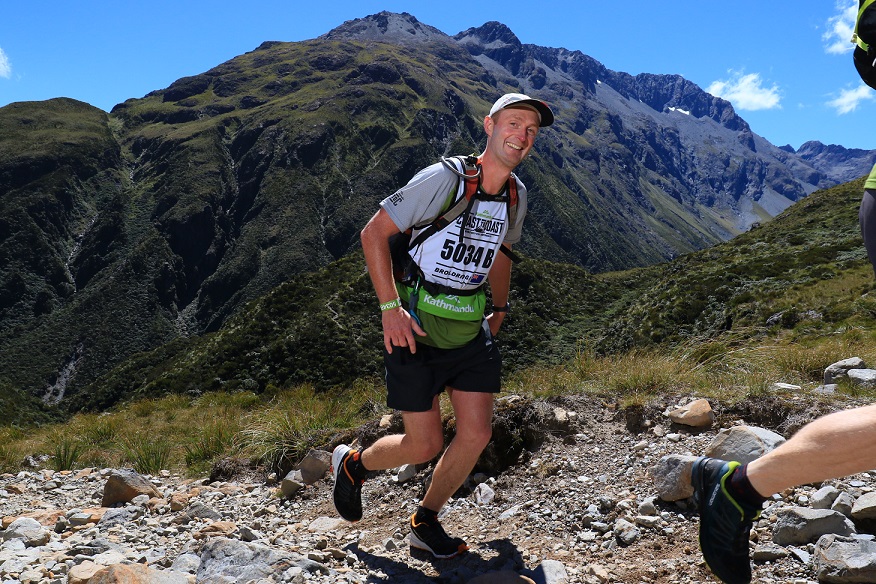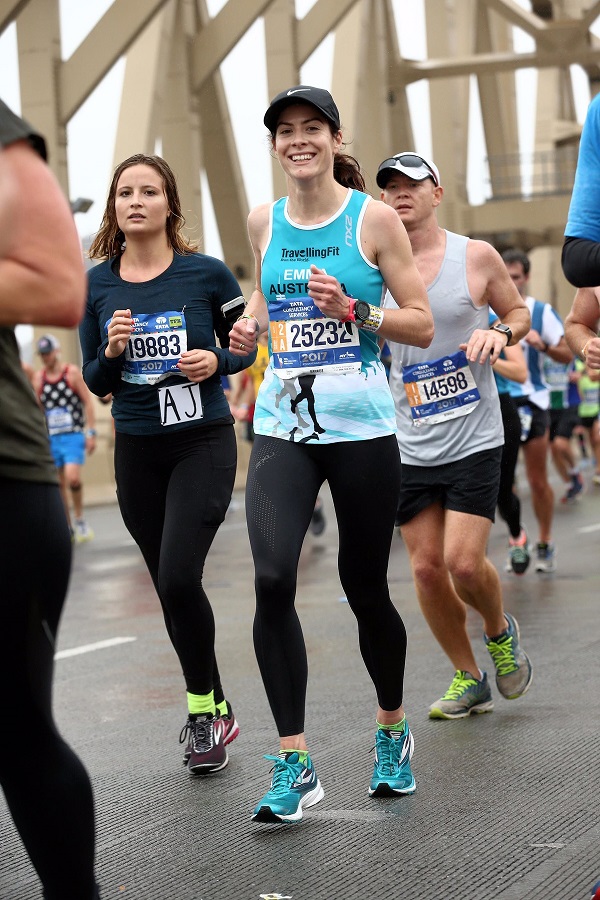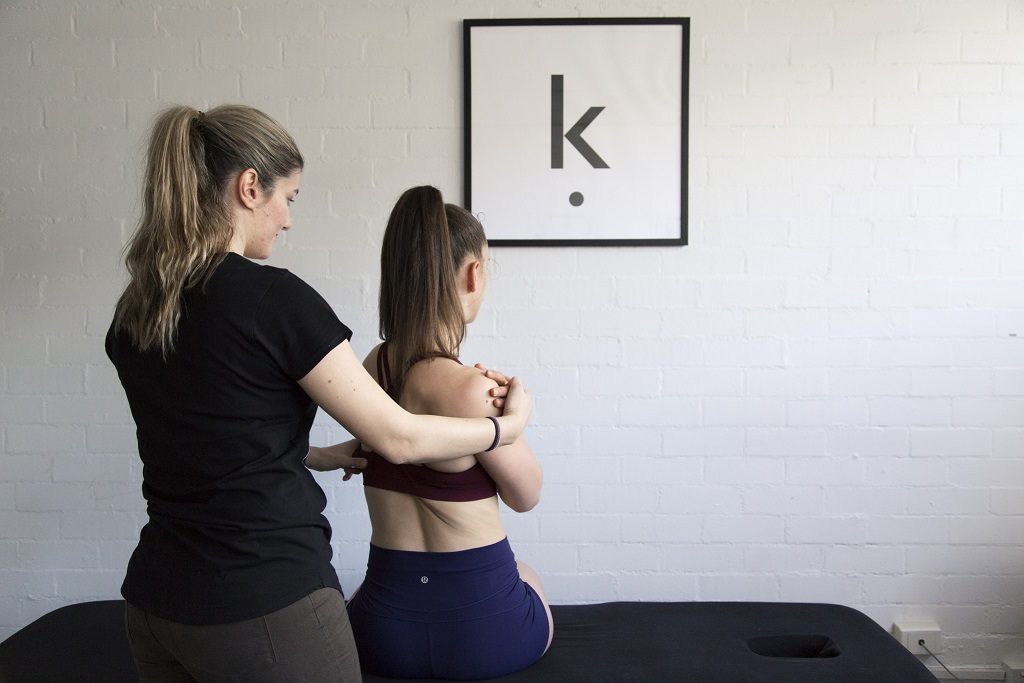Running – a pain in my knee.
April 10thOver the summer months here in Melbourne, we’ve noticed an increasing number of patients complaining of running-induced knee pain.
Some entered fun-run races, triathlons, trail running events or even the Coast to Coast race in New Zealand (a must do for those passionate enough to suffer amongst some of the most beautiful backdrops in the world). Others simply took up the occasional jog to feel better squeezing into a pair of bathers (aka togs for our Kiwi friends).
 One of our avid runners competing in the world’s longest running multi-sport event – the Coast to Coast in New Zealand. The race begins on the West Coast of the South Island and traverses the width of the island, finishing on the East Coast. He came to us suffering from severe knee pain caused by his training and competing in the race.
One of our avid runners competing in the world’s longest running multi-sport event – the Coast to Coast in New Zealand. The race begins on the West Coast of the South Island and traverses the width of the island, finishing on the East Coast. He came to us suffering from severe knee pain caused by his training and competing in the race.
In most cases, it was a gradual increase in knee pain. Starting as a niggle, they thought it would simply go away.
“Surely, the more I run, my legs will get used to it – so it should just take care of itself, right?”
But the more they ran, the worse the pain became.
 This runner first came in to see us when she was battling with injuries whilst training for her first marathon. Here she is successfully completing the New York City Marathon in December 2017.
This runner first came in to see us when she was battling with injuries whilst training for her first marathon. Here she is successfully completing the New York City Marathon in December 2017.
Why?
Based on biomechanical and motor control assessments, the majority of these patients had one, or a combination of, the following factors which placed their knee(s) under increased load;
- Reduced hip mobility
- Reduced back mobility
- Poor single leg stability
- Poor footwear
- A postural imbalance (in mobility and/or strength) between their left and right sides
Over time, this accumulative load on their knee(s), caused an increase in tissue stress, resulting in pain.
 One of our dedicated runners after completing the 50km Marysville Ultramarathon trail In November 2017.
One of our dedicated runners after completing the 50km Marysville Ultramarathon trail In November 2017.
How so?
Reduced hip mobility
Stiff hip(s) restrict efficient movement throughout running mechanics → poor positioning of the leg → increase in the ground reaction forces distributed up the kinetic chain → the knee suffers from increased stress and strain.
Reduced back mobility
Stiffness through the back (particularly the upper region) → altered arm swing and pelvic/hip mechanics → increased load through the lower limbs during the stance phase of the gait cycle.
Poor single leg stability
Inability to control the pelvis during unilateral weight bearing → ‘caving in’ of the hip, knee, and/or ankle → abnormal load placed on the lower limbs.
Poor footwear
Old, well-worn shoes → reduced/uneven cushioning → increased and unbalanced forces transmitted up through the lower limbs.
Incorrect shoes (i.e supportive vs. neutral) → incorrect foot and ankle mechanics → disruption to the kinetic chain → the knee suffers from increased stress and strain.
We work closely with our friends at “The Running Company – Clifton Hill”. Following our assessment, if required, we can refer you to their experienced team for further assistance with finding the best footwear for your specific foot and activity type.
 One of our Physiotherapists, assessing upper back mobility as part of a full-body biomechanical analysis.
One of our Physiotherapists, assessing upper back mobility as part of a full-body biomechanical analysis.
It’s not the end of your running career!
Once we had identified the underlying causes, they were addressed using a combination of manual physiotherapy techniques and exercise rehabilitation, through Clinical Pilates and Strength + Conditioning. These included soft tissue releasing, dry needling, proprioceptive and corrective taping, specific motor control retraining and strength and conditioning exercises. Correcting the contributing factors and biomechanical dysfunctions causing the tissue stress on the knee resulted in the reduction of load to the lower limbs and therefore improvement in knee pain (often along with other concerns). As a result, our patients were delighted to be able to return to their desired level of running, more comfortably and efficiently.
So if this all sounds vaguely familiar, book yourself in to see one of our friendly Kinematics clinicians for an initial biomechanical assessment before your niggle turns into something more serious.
